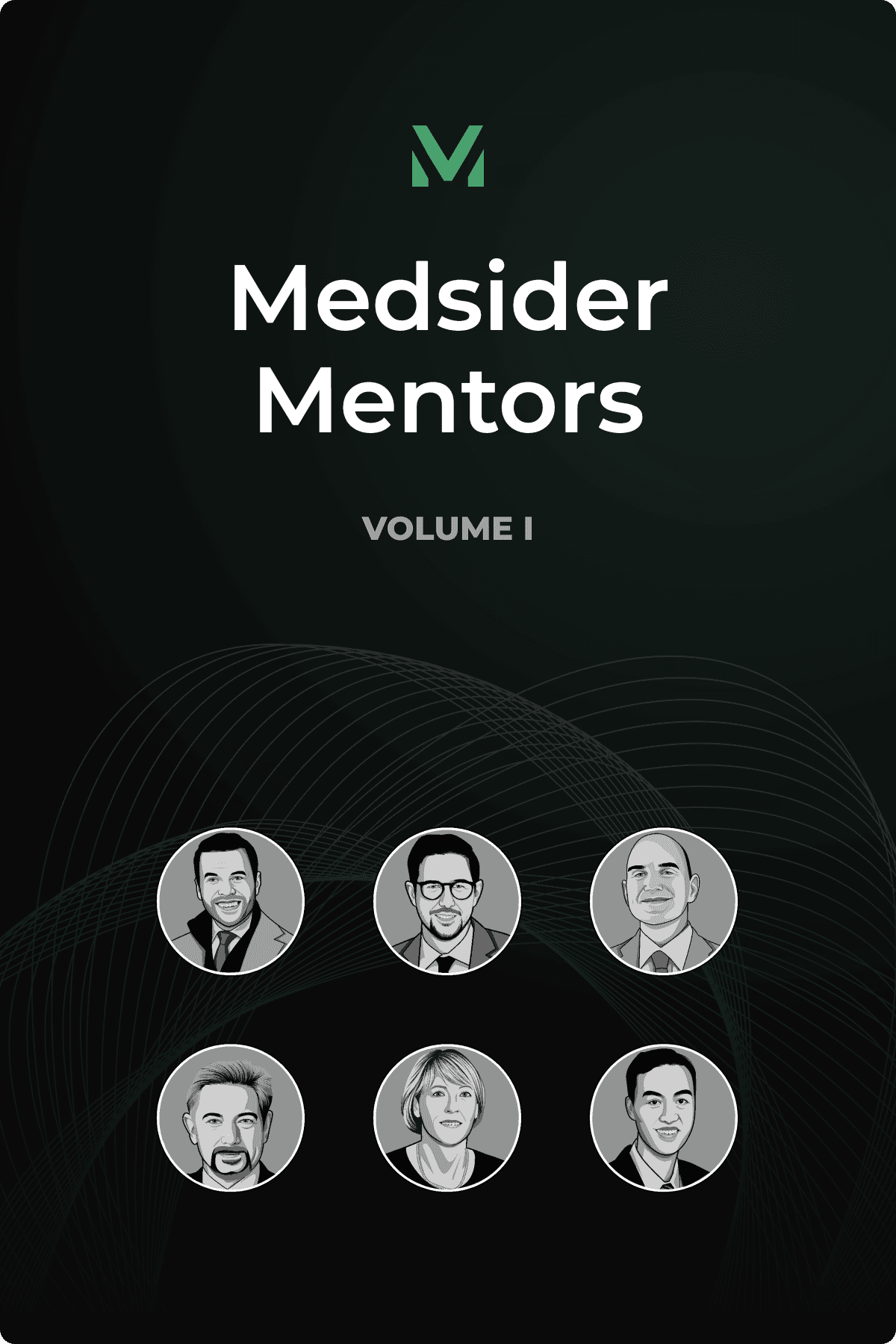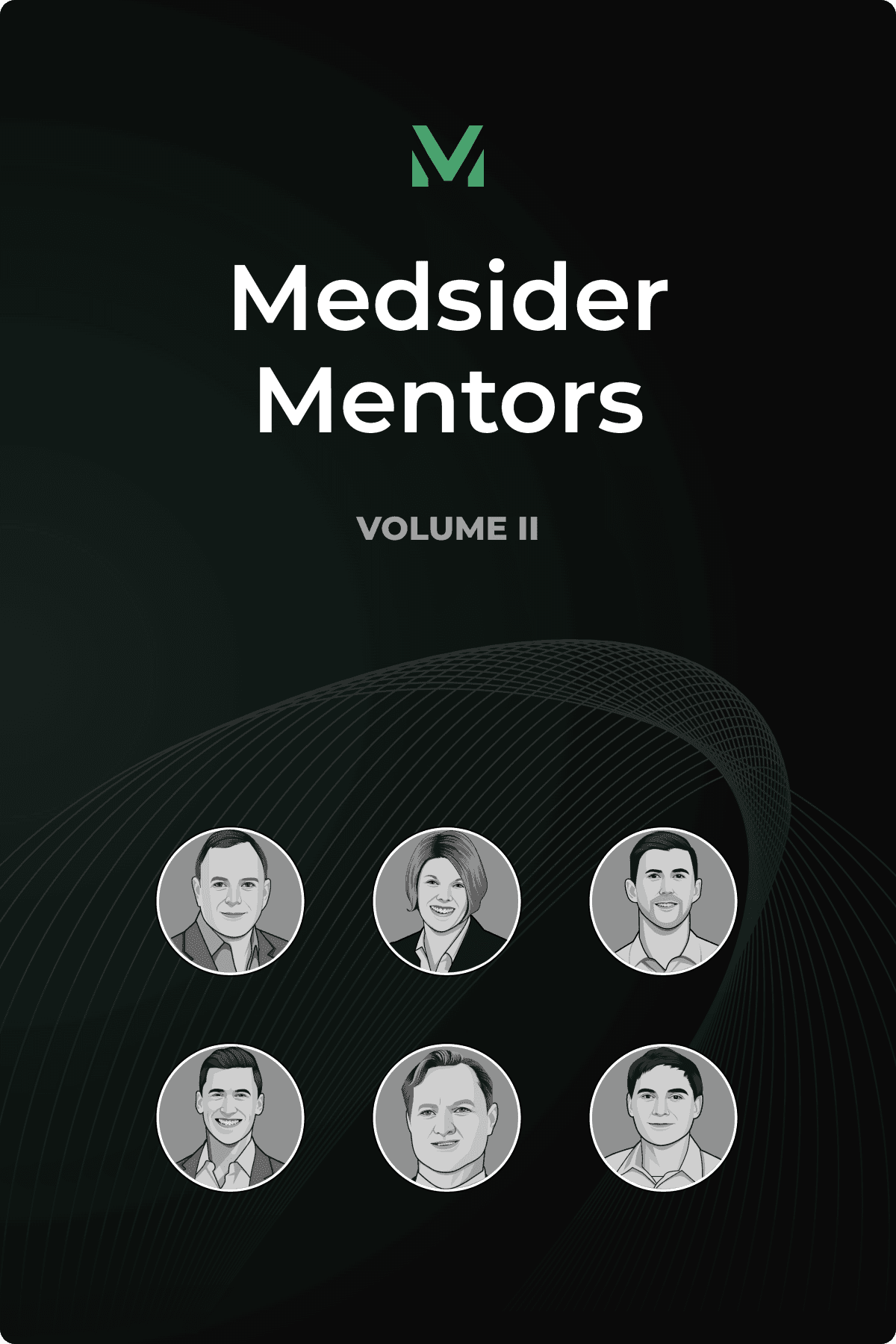Solve the Workflow, Unlock the Market
Interview with Cooler Heads CEO Kate Dilligan

Key Learnings From Kate's Experience
You can’t win accounts by solving for patients alone — design for the system’s entire workflow. Hospitals don’t adopt therapies that slow them down. Cooler Heads focused on the operational bottlenecks that kept infusion centers from offering scalp cooling — freeing up chair time and easing nursing workload. The result was a product that worked not just for patients, but within the system.
Reimbursement changes everything — build your case before the codes arrive.
Kate reframed scalp cooling from a cosmetic perk to a clinical necessity, aligning with payers early. By treating coverage as part of product design, Cooler Heads was ready when national cancer guidelines endorsed scalp cooling and Medicare signaled permanent reimbursement codes — proof that timing favors those who prepare.Fundraising is persuasion, not paperwork — run it like a campaign.
Kate approached investors the way she once approached voters: map your network, ask directly, and keep them engaged. Physician angels became both advocates and customers, and consistent updates turned “not yet” into “I’m in.” The result: $11 million raised and a movement around a mission that’s personal and powerful.
From raising millions for congressional campaigns to developing classified software for the U.S. government, Kate Dilligan has never followed a typical path. Her most unconventional move? Starting a medtech company with zero hardware experience, no network in the space, and a product addressing a market that barely existed.
The catalyst came in 2016. Diagnosed with breast cancer at 42, Kate worked throughout chemotherapy while using an early version of scalp cooling technology to keep her hair. "It was really important for me to be able to look and feel normal as I was going through treatment," she says.
But the experience revealed something bigger. For many patients, hair loss from chemotherapy goes beyond appearance — it's about privacy. Hair loss forces a public disclosure. Show up bald to a board meeting and people wonder what's wrong — suddenly you're fielding questions about your health instead of leading the conversation. "All of a sudden, you're not seen as a CEO. You're seen as, Oh, you're sick," Kate says.
After leaving her software company, Kate had a realization: why wasn't this therapy broadly available? In 2018, she founded Cooler Heads to make scalp cooling widely accessible to chemotherapy patients. By mid-2025, the company had raised $11 million in Series A funding and placed its Amma scalp cooling device across 27 states — most of them health systems that had never offered scalp cooling before.
The key to breaking through? Kate addressed the implementation barriers that had kept most health systems from adopting scalp cooling.
Guest
CEO of Cooler Heads
Kate is the founder and CEO of Cooler Heads, a San Diego–based medtech company developing evidence-based solutions that help cancer patients manage treatment side effects. After her own breast cancer diagnosis, she launched Cooler Heads to make scalp cooling more accessible through Amma, the first FDA-cleared system designed for both patients and infusion centers. A Stanford MBA, Kate previously co-founded KnuEdge, an AI and speech recognition company, where she led its U.S. government software division.
Sponsor Message
We recently released the seventh volume of Medsider Mentors, which summarizes key learnings from the most popular Medsider interviews over the last six months.
We get it—keeping up with every Medsider interview isn’t easy. That’s why we created Medsider Mentors. These e-book volumes distill the best practices and insider secrets from top founders and CEOs, all in a downloadable, easy-to-digest format.
Check out the latest volume here. Premium members get free access to all past and future volumes, plus a treasure trove of other resources.
If you’re not a premium member yet, you should definitely consider signing up. We recently revamped Medsider with swanky new features, especially for our premium members. In addition to every volume of Medsider Mentors, you’ll get full access to our entire interview library, dating back to 2010.
You’ll also get Medsider Playbooks—curated guides packed with actionable insights on topics like fundraising, regulatory challenges, reimbursement strategies, and more.
And if you’re fundraising, don’t miss our exclusive investor database, featuring over 750 life science VCs, family offices, and angels. We’ve even created 3 custom packages to help you with your next fundraise.
Learn more by visiting Medsider Mentors.
Solve the Workflow Problem First — Patient Outcomes Won't Matter If Systems Can't Adopt
Scalp cooling existed before Cooler Heads but as Kate explains, it was the "red-headed orphan stepchild of oncology" — offered at places like Sloan Kettering and Dana Farber but avoided by most infusion centers. The barrier wasn't efficacy; it was implementation. The therapy could double chair time, and infusion centers make more money from chemotherapy than symptom management.
Kate's approach broke down into three core design principles:
1. Solve the workflow bottleneck first
Kate built a portable machine that allows post-chemo cooling away from the infusion chair, preserving valuable chair time while delivering the same clinical outcome. Coming from software and having never worked in hardware, she spent her first six months talking to both patients and providers.
"I have such a strong lock on what patients want, because I was the patient," she explains. "But what do providers want?" The answers she got helped her identify gaps: providers needed a solution that preserved chair time and didn't overburden nursing staff — constraints that existing devices ignored.
Kate turned those insights into a concrete litmus test. She picked a specific target customer — Sharp Health System in San Diego — that had never offered scalp cooling and asked: What would it take to get them to say yes?
Every design decision ran through that filter: would this solve Sharp's workflow problem? Would their nursing staff adopt it? Could they implement it without hiring more people or redesigning their infusion centers?
The result? FDA clearance in October 2021 for Cooler Heads’ minimum viable product — proving equivalence to competitors but with a unique, differentiated use case. And Sharp? They became a customer and have been public about their partnership with Cooler Heads.
2. Make the economics work, not just the ergonomics
Understanding workflow meant understanding the business model. Kate needed payers to see scalp cooling not as a cosmetic luxury, but as a legitimate side effect management — just like the anti-nausea medications and hydration infusions that insurance already covered.
The clinical rationale was there: 8% of patients recommended for chemotherapy refuse it because they don't want to lose their hair. "How do we make chemo more bearable so we can get patients into treatment and keep them in treatment?" Kate asks. If scalp cooling could keep patients in treatment, it wasn't vanity — it was supporting better outcomes.
The regulatory environment is also shifting in Kate's favor. The National Comprehensive Cancer Network — the 33 academic institutions that set standards of care — issued a formal recommendation for scalp cooling. Even more significant: in January 2026, Medicare is expected to reclassify the reimbursement codes, moving scalp cooling from temporary (Category III) to permanent (Category I) CPT codes. That shift signals to the entire payer ecosystem that scalp cooling is now part of the standard of care and isn’t just a luxury add-on. These developments make it easier for health systems to confidently invest in the technology knowing insurance would pay for it.
3. Think B2B2C from day one
Sharp and University of Pittsburgh Medical Center (UPMC) are Cooler Heads' accounts, but they enroll their patients — a B2B2C dynamic that requires trust at both levels. Kate needed health systems to believe in the technology enough to recommend it, and she needed patients to actually use it.
Her solution: get medical oncologists as early investors. These weren't just capital sources — they were her entry point into health systems. "Getting them bought in that way means you also have leads to go to for customers when you're ready for commercialization," Kate says. A physician investor could make an introduction to their hospital's head of oncology or nursing director. Better yet, they could vouch for the technology's clinical value in conversations Kate couldn't be part of.
The strategy worked. Most of Cooler Heads' accounts had never offered scalp cooling before. Kate wasn't just winning market share from competitors — she was creating new adopters, converting health systems that previously said "we can't do this" into active customers.
Focus on What Your First Medtech Product Needs to Prove, Not What It Could Do
For Amma, Kate applied design thinking principles from her software background: focus on outcomes and key inputs, not features. It had to be portable. It had to allow patients to cool elsewhere. It had to enable self-adjustment. It had to be FDA-cleared. And it had to have a price point that made sense — not the $8,000 she had personally spent on an over-the-counter method.
The hardest part? Saying no.
“It’s really easy to let design creep take over,” Kate says. “Everyone has ideas — especially engineers — about what else the product could do. And sure, it would be cool if it did all those things. But if they’re not part of what customers truly need, you have to stop and say no.”
For Cooler Heads, that meant focusing on the few features that mattered most to its core users — community health systems, academic centers, and private practices — the ones that would determine whether scalp cooling could actually fit into real clinical workflows.
That discipline extended to investor conversations. When board members asked about additional capabilities, Kate held the line: "That's for the next version. This is what we set out to prove." The first generation showed equivalence to competitors with a differentiated workflow. The next version, launching at the end of next year, will build on that foundation — but only after the first generation demonstrated product-market fit.
Cooler Heads conducted a soft launch with patients in mid-2022 before signing its first account later that year. To do this legally, Kate obtained a home medical device retailer license in California, where the company is based, allowing them to provide therapy and process prescriptions. "We needed to know what we didn't know," she explains. That de-risking paid off. Within six months of launching, they won UPMC — a marquee customer.
One area where Kate wishes she'd invested earlier? Quality systems. "Documentation. Learn everything you don't know," she advises. Coming from national security software, where she managed facility and personnel clearances, Kate understood that compliance mattered. But she wasn't fluent enough in medical device quality requirements during development. "I wish I had invested more early in having that quality person really digging in alongside our development partner.” By having better quality systems earlier on, Kate says Cooler Heads could have saved six to nine months on FDA clearance. "And time is money in startup land."

Treat Fundraising Like a Political Campaign — Rolodex Your Way to Yes
Kate's political fundraising background gave her an unexpected edge in venture capital. The strategy she learned for congressional campaigns? "Rolodexing" — find someone supporting your candidate and ask who else in their network would care about this issue.
She faced an uphill battle: solo female founder, never worked in hardware, operating in a venture landscape where women founders remain vastly underrepresented. "There were not a lot of people banging on my door to write me a check.”
Her strategy: systematically join accelerators to build a network from scratch. Over two years, she completed programs including MedTech Innovator (as a 2021 finalist), StartX, and several others focused on life sciences and hardware. The goal wasn't just exposure — it was understanding who actually writes checks in medtech and what they needed to see before investing.
Those programs led to physician investors. Kate secured medical oncologists and breast surgeons as early angels, creating a dual advantage: capital plus clinical credibility. When she pitched institutional VCs, those physician investors could validate why scalp cooling mattered. When venture firms questioned her lack of sales experience, Kate brought on Courtney Turich as Global VP of Sales.
Kate sends quarterly investor updates to current shareholders via DocSend. But she also maintains a stakeholder update twice a year for VCs who passed or said to stay in touch for the next round. These updates are short — a few paragraphs or slides covering major milestones like funding announcements, new customers, or reimbursement developments.
The strategy works. When Cooler Heads announced their $11 million Series A led by Mutual Capital Partners, Kate wrote personal notes to VCs who had gotten serious but didn't invest. Several venture capitalists who didn't participate through their funds wrote personal checks as individuals.
One tactical piece of advice she learned at 22, working on political campaigns: "When you make an ask, shut up. Would you write a check? Quiet. Don't give them an out. Let it become uncomfortable."
Kate also encourages founders to engage with potential acquirers long before exit conversations. Multiple strategics have told her directly: we don't build markets, we're happy to pay a premium to have you do that work. And just like Rolodexing in fundraising, customer wins create their own momentum. When OSF HealthCare — an integrated health system with 17 hospitals across Illinois and Michigan — went public about offering Amma throughout their infusion centers, a former OSF employee who had moved to a different Chicago health system saw the LinkedIn post and reached out. Kate expects them to become a customer by year-end — a perfect example of how visibility with one customer naturally leads to the next.
What’s Ahead
With its first FDA-cleared device in use across 27 states, Cooler Heads is now focused on scaling access and preparing for its next generation of the Amma system. As more hospitals adopt the technology and insurance coverage continues to expand, scalp cooling is moving from a niche option to an expected part of cancer care.
Kate expects that growth to continue steadily over the next few years — and says the company could reach a natural inflection point or strategic exit around 2028 to 2030. But for her, the real milestone is simpler: seeing scalp cooling become standard for anyone facing chemotherapy.
“We’re not solving cancer,” she says, “but we’re making it easier for people to live their lives while they go through it.”
Sponsor Message
After raising over $40M from corporate venture and cardiovascular key opinion leaders, FastWave Medical has progressed rapidly in the development of its next-generation intravascular lithotripsy (IVL) systems for complex calcific disease.
The market size for IVL is over $9 billion and the only player in the space was recently acquired for over $13 billion. So naturally, there’s a lot of investor interest in FastWave.
Given the continued demand to invest in FastWave, their team has opened up an investor waitlist for anyone interested in potentially owning a piece of the company.
The last time the company opened up an private placement, it closed nearly $20 million in less than a month. So if you’re interested in investing in one of the hottest cardiovascular startups, opt into their investor waitlist here.
You May Like These Articles
Medsider Premium
Become a premium member and unlock access to exclusive Medsider benefits.



